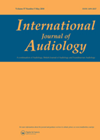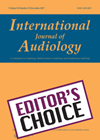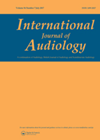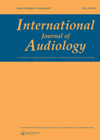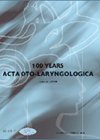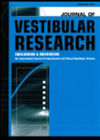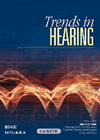
Journal Reviews
Tinnitus loudness and insomnia
Tinnitus may be very bothersome for its sufferers, in some cases leading to suicide. Therefore, it is extremely important to offer the best available treatment to people suffering from tinnitus. This study considered whether insomnia may be associated with the...
Attitudes towards leisure noise
Noise is a very common reason for hearing loss. The question is whether young adults realise the danger of developing a noise related hearing loss. The aim of this study was to evaluate the attitude towards leisure noise and noise...
Single sided deafness and cochlear implants
Cochlear implants (CI) can restore hearing in the profoundly deaf ear. Risk/ benefit and cost considerations dictate strict criteria that must be met for patients to be eligible. People with single-sided deafness are not eligible to receive a cochlear implant...
Tinnitus and leisure noise
Tinnitus attracts large interest among researchers all over the world due to its negative psychological side-effects. Researchers from the National Acoustic Laboratory (NAL) tested life-time noise exposure and its influence on the tinnitus experience in 1435 young Australians from various...
Which is worse – unilateral or bilateral tinnitus?
Few studies have analysed subjective aspects of tinnitus or the association between clinical characteristics and the directionality of tinnitus. The study subjects comprised 207 patients who presented with tinnitus over two years and underwent tinnitus-related physical examinations and tinnitograms (includes...
New diagnostic criteria for Ménière’s disease – an international consensus
Most readers are familiar with the American Academy diagnostic criteria for Ménière’s disease (MD) but a significant minority will be aware of other criteria from Japan and Korea. This new effort is a collaboration between these three bodies and the...
Controlling tinnitus
The absence of sufficient evidence for the use of integrated sound generators for the management of tinnitus led the authors to conduct a randomised blind clinical trial in which they compared the use of a conventional hearing aid with a...

